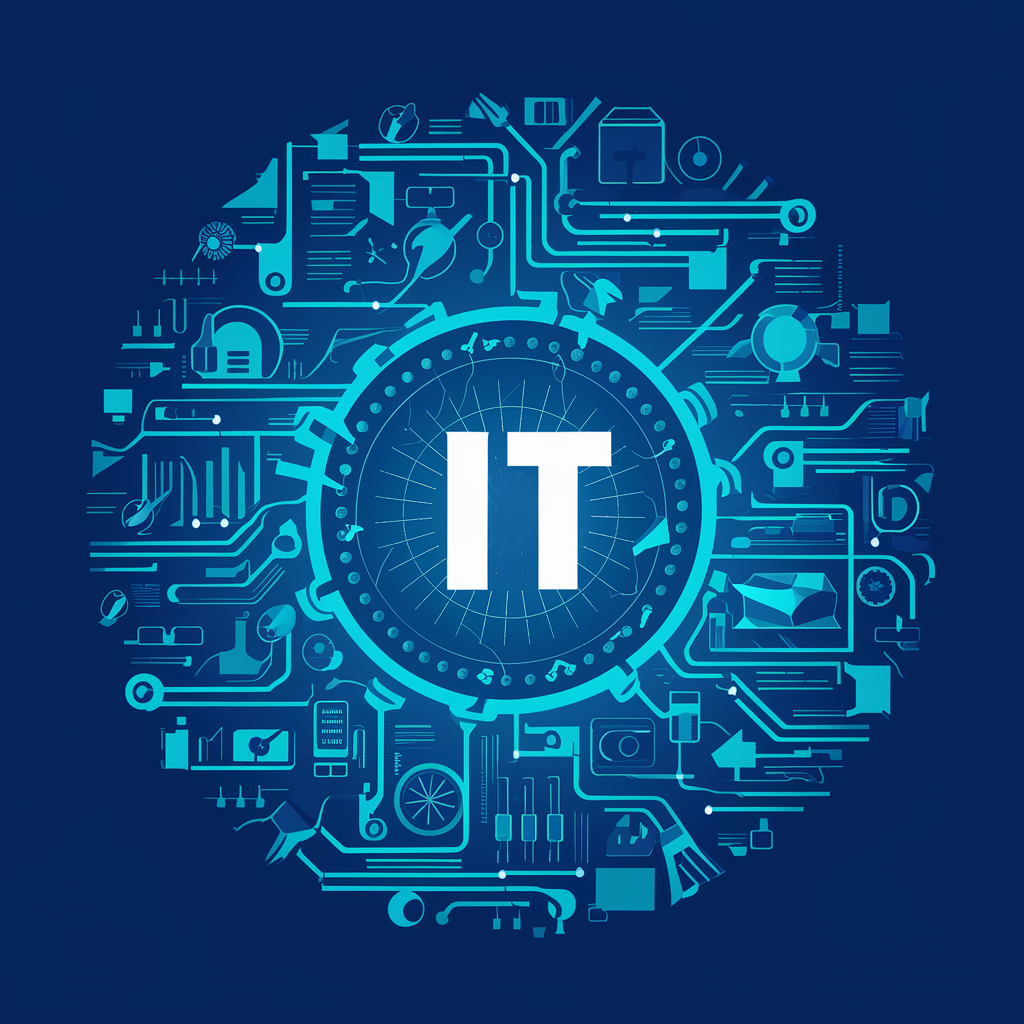Find ways to get clients to pay faster
One of the leading causes of cash flow problems is late payments. It’s not always possible to have your clients pay on time, but this can take its toll, especially on small businesses. Should delays extend further than 30 days, your business could be in danger since you’ll need to foot the bill somehow.
To prevent late payments, you should utilise cloud-based online invoicing software. This will automate invoicing processes and automatically send out communications, making sure customers are informed on time and reminded if the payment is late.
You may also choose to take out invoice insurance, which protects you against unpaid invoices. When you eventually receive the payment, it will be a reduced amount based on your policy. That way, you protect yourself in case the worst happens, ensuring your cash flow remains strong.






